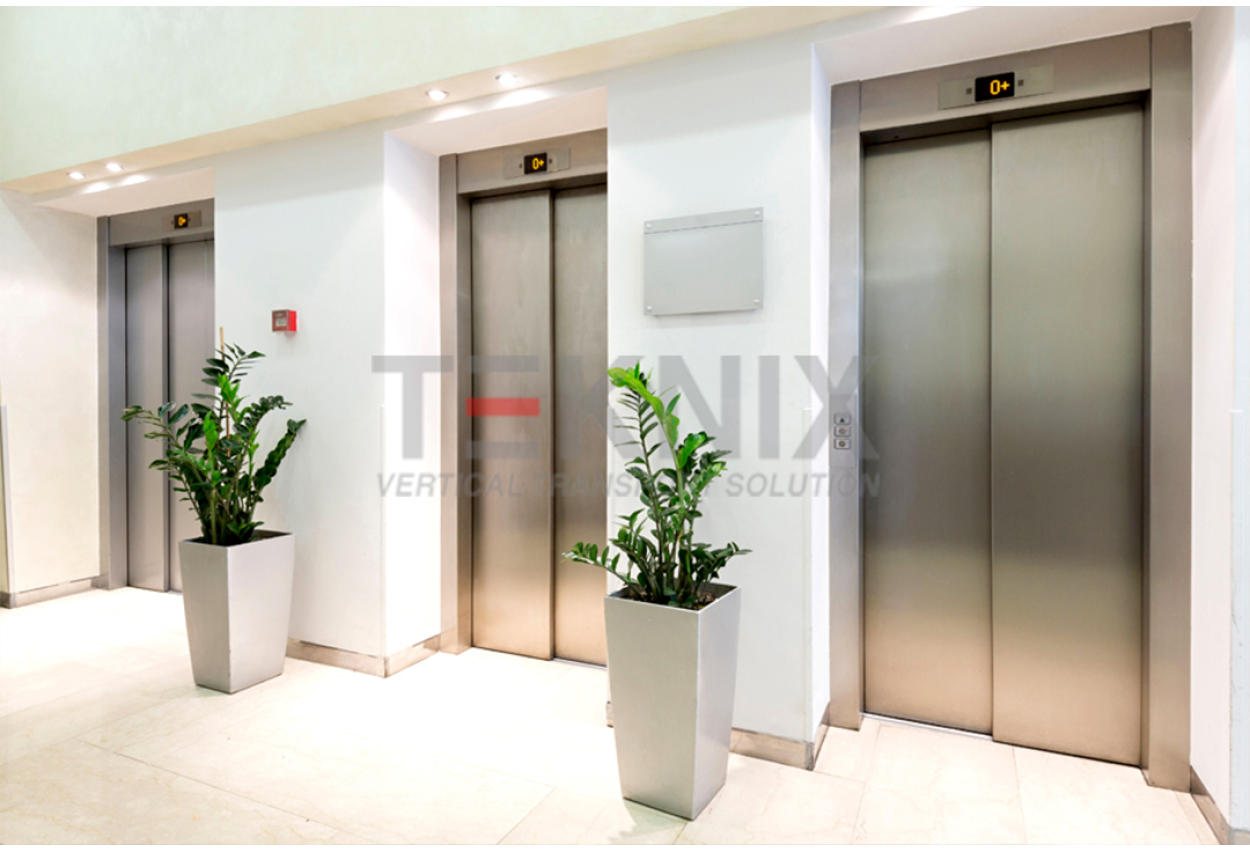London Lift Company: Offering Comprehensive Lift Solutions Throughout the Funding
London Lift Company: Offering Comprehensive Lift Solutions Throughout the Funding
Blog Article
Delving Into the Globe of Lifts: Typical Problems Faced by Different Lift Devices
As we navigate with the vertical transportation systems of modern-day structures, lifts stand out as a crucial component of our daily lives. From hydraulic elevators to traction systems and machine-room-less styles, each lift type comes with its collection of typical problems.
Hydraulic Elevators
Hydraulic lifts, commonly preferred for low-rise structures, use fluid pressure to regulate the motion of the lift vehicle (lift repair companies). This device entails a hydraulic pump pushing oil into a cylinder, triggering the lift to move in the preferred instructions. While hydraulic elevators are known for their quiet and smooth operation, they do come with their very own set of usual issues
One common issue with hydraulic lifts is oil leakage. In addition, problems with the control system, such as faulty valves or a malfunctioning pump, can create interruptions in the elevator's movement.
Normal maintenance and timely repairs are necessary to ensure the smooth functioning of hydraulic elevators. By addressing these usual problems proactively, building proprietors can minimize downtime and make sure the security and performance of their vertical transport system.
Grip Lifts
When considering vertical transport systems in structures, an additional usual kind aside from hydraulic lifts is the grip lift. Grip lifts operate making use of a system of ropes and weights that move the elevator auto by gripping onto the hoist ropes. This mechanism enables smoother and faster upright transportation compared to hydraulic systems.
One of the typical concerns faced by grip elevators is rope wear. The consistent movement of the ropes within the traction system can result in put on and tear over time, potentially triggering the elevator to malfunction or become hazardous for use. Routine assessments and maintenance of the ropes are important to make certain the elevator's appropriate functioning and safety and security.
One more issue that traction elevators might come across is associated with the control system. Troubles with the control system can bring about issues such as irregular activity, hold-ups in feedback times, or perhaps full closures. Routine testing and maintenance of the control system are vital to stop such concerns and guarantee the elevator's dependability.
Machine-Room-Less (MRL) Lifts

One of the key components of MRL lifts is the portable gearless traction equipment that is set up within the hoistway. This device successfully drives the elevator auto without the requirement for bulky tools found in standard grip lifts. In addition, MRL elevators generally make use of a counterweight system to stabilize the vehicle, more boosting their energy efficiency.
In spite of their advantages, MRL elevators might deal with obstacles associated to upkeep and repair service we maintain lifts as a result of the restricted room for tools setup. Accessibility for servicing elements within the shaft can be limited, calling for specialized training for professionals. Proper maintenance timetables and routine examinations are crucial to ensure the ongoing smooth operation of MRL lifts.
Overloading and Weight Limitation Issues
Are elevators geared up to deal with excess weight tons efficiently and securely? Straining and weight restriction concerns are essential concerns in lift operations. Elevator suppliers style raises with details weight abilities to make sure guest safety and security and tools longevity. Exceeding these weight limitations can cause different issues, including mechanical failings, hold-ups, we maintain lifts and safety and security risks.
When lifts are overwhelmed, it puts excessive stress on the electric motor, wires, and other elements, potentially causing break downs or breakdowns. If they detect excess weight, safety and security mechanisms such as sensing units and overload sensors are in area to protect against lifts from moving. In addition, surpassing weight limits can result in boosted power intake and deterioration on the lift system.
To mitigate overwhelming concerns, building supervisors should prominently show weight limits in elevators and educate owners on the value of adhering to these constraints - lift repair companies. Routine maintenance checks by certified technicians can also assist make sure that elevators are operating within safe weight criteria. By addressing overloading and weight limitation concerns proactively, structure proprietors can boost lift security and performance
Electrical System Failings
Going beyond weight limitations in lifts can not just lead to mechanical problems yet also potentially add to electric system failures within the lift infrastructure. Electric system failings are an essential worry in elevator procedure, as they can cause unanticipated shutdowns, breakdowns, or also safety and security threats.
Furthermore, power surges or changes in the electrical supply can also disrupt the elevator's procedure, impacting its efficiency and safety. These electric disturbances can damage sensitive elevator components such as control board, circuit card, or sensing units, leading to system failings. Routine upkeep and evaluations are crucial to determine and attend to potential electrical issues immediately, making certain the risk-free and reliable operation of elevator systems. By sticking lift companies in London to weight restrictions and carrying out regular electrical system checks, structure owners can reduce the danger of electrical failings in lifts.
Final Thought

Hydraulic elevators, frequently liked for low-rise buildings, make use of fluid pressure to regulate the activity of the lift cars and truck.When thinking about upright transport systems in buildings, another common kind apart from hydraulic lifts is the grip elevator. Grip elevators run using a system of ropes and weights that relocate the lift auto by grasping onto the hoist ropes. Unlike standard elevators that need a different device area to house the devices, MRL lifts integrate many of the elements within the shaft, eliminating the requirement for a dedicated equipment area.In final thought, elevators deal with typical concerns such as hydraulic malfunctions, traction system failings, and electric system troubles.
Report this page